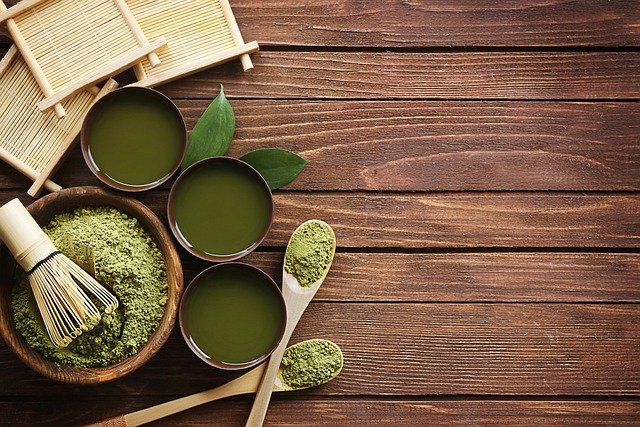Matcha Tea: Origins, Preparation, and Uses of Japanese Green Powder
Matcha is a finely ground green tea powder that has become widely known outside Japan for its vivid color and versatile uses. Unlike steeped green tea, matcha involves consuming the whole leaf in powdered form, which concentrates flavor and compounds. This article explains where matcha comes from, how Japanese producers grow and process it, how it differs from other green teas, and practical tips for preparing and using matcha powder in drinks and recipes.

What is matcha?
Matcha is a powdered form of green tea made from shade-grown Camellia sinensis leaves that are de-veined and stone-ground into a bright green powder. Because the whole leaf is consumed rather than infused and discarded, matcha delivers the leaf’s full range of flavors and soluble components. Traditional matcha used in Japanese tea ceremony is smooth and vegetal with a balance of umami and subtle bitterness; culinary grades are typically stronger and blend more readily into recipes.
How is Japanese matcha produced?
Japanese matcha production begins with specific cultivation and harvesting practices. Plants are shaded for several weeks before harvest to boost chlorophyll and amino acid levels, especially L-theanine, which contributes to umami. After hand-picking, leaves are steamed to stop oxidation, then dried and deveined to remove stems. The remaining soft leaf material (tencha) is slowly stone-ground into a fine powder, preserving aroma and color. Regional differences—such as climate and soil—along with post-harvest handling influence flavor and grade across Japanese producing areas.
What makes green tea different from matcha?
“Green tea” covers many products that are typically brewed from whole leaves or tea bags, whereas matcha is powdered leaf consumed directly. Green teas are often steeped in water and discarded; matcha suspends the leaf solids, giving a more concentrated dose of catechins and caffeine per serving compared with a standard cup of steeped green tea. Many people choose matcha for its flavor profile and texture, but it can contain higher levels of bioactive compounds. This article is for informational purposes only and should not be considered medical advice. Please consult a qualified healthcare professional for personalized guidance and treatment.
How is matcha powder prepared and graded?
Matcha powder is sorted into grades that reflect intended use and quality. Ceremonial grade is milled for drinking as a simple whisked tea and emphasizes smoothness, color, and subtlety. Culinary grades are coarser and more robust, designed to hold up in baked goods, lattes, and confections. Stone milling is traditional and slow, producing a fine texture and preserving volatile compounds; industrial milling is faster and can affect aroma. Proper storage—airtight, cool, and away from light—helps maintain color and flavor. When preparing powdered matcha, sift before whisking to remove lumps and use hot (not boiling) water to avoid bitterness.
What are common uses for matcha tea?
Matcha is versatile: the classic preparation is whisked with hot water into a frothy tea using a bamboo whisk, producing a concentrated, smooth drink. Culinary matcha can be added to smoothies, lattes, yogurt, ice cream, baked goods, and sauces to impart color and flavor. In cooking, matcha pairs well with dairy, white chocolate, citrus, and mild grains. When selecting matcha for recipes, choose culinary grade for cooking and ceremonial grade for straight whisked tea to appreciate subtle notes. For consistent results, measure by weight rather than volume, and store unopened or rarely used containers in an airtight package in a cool place.
Conclusion
Matcha is a distinct form of green tea that emphasizes whole-leaf consumption, specific cultivation methods in Japan, and careful processing into a fine powder. Its concentrated flavor and vivid color make it suitable for traditional tea preparation as well as many culinary applications. Understanding grades, preparation techniques, and storage helps you choose and use matcha in ways that match your taste preferences and recipe needs.






